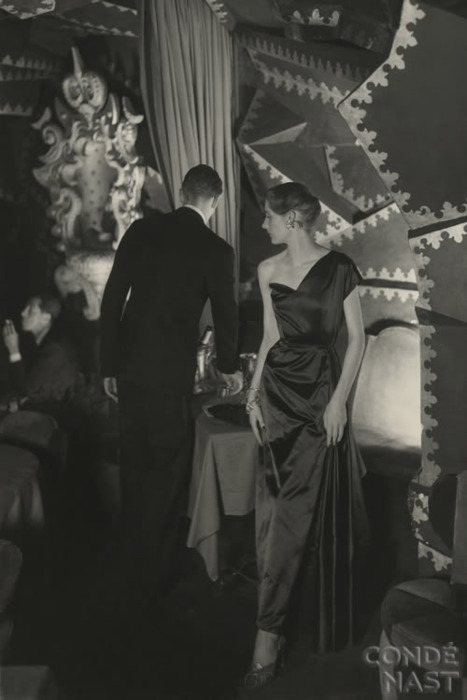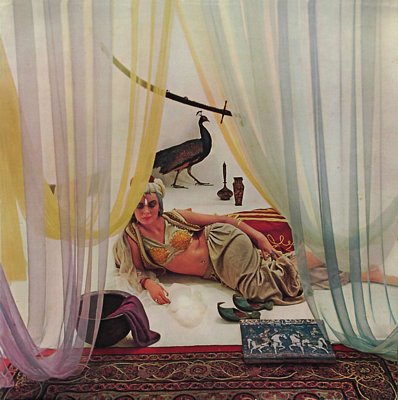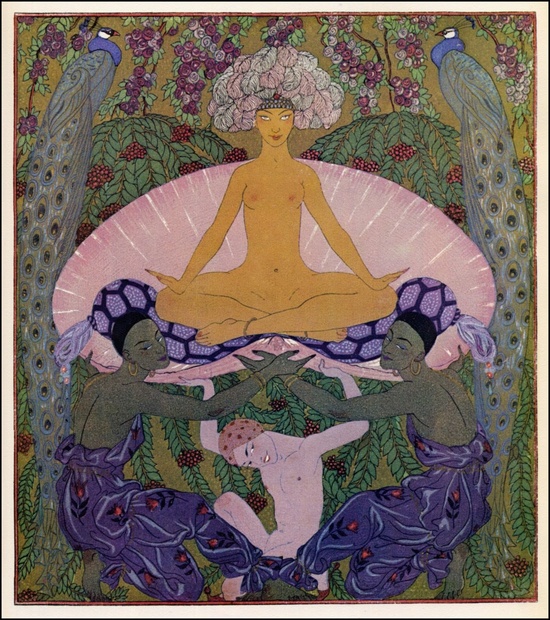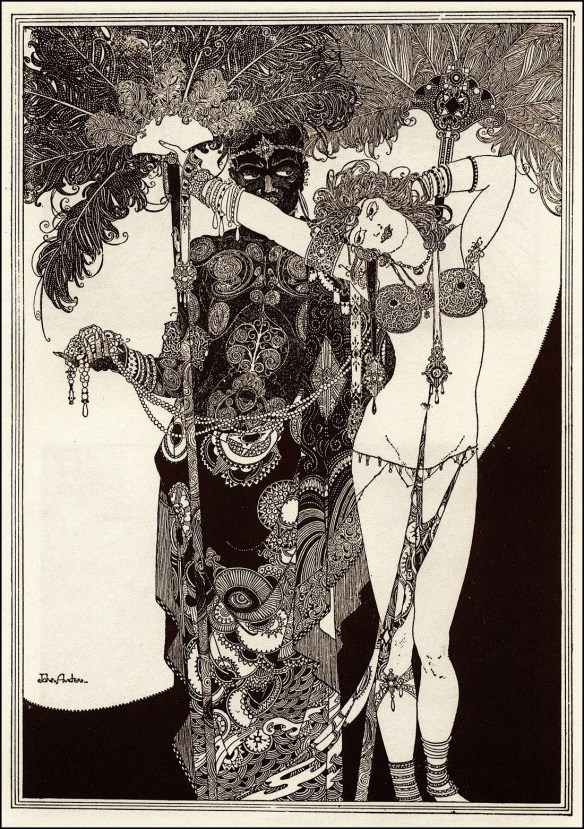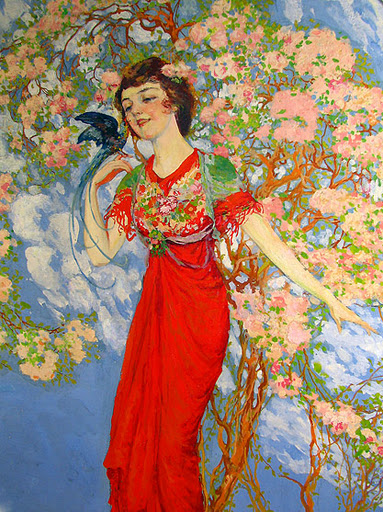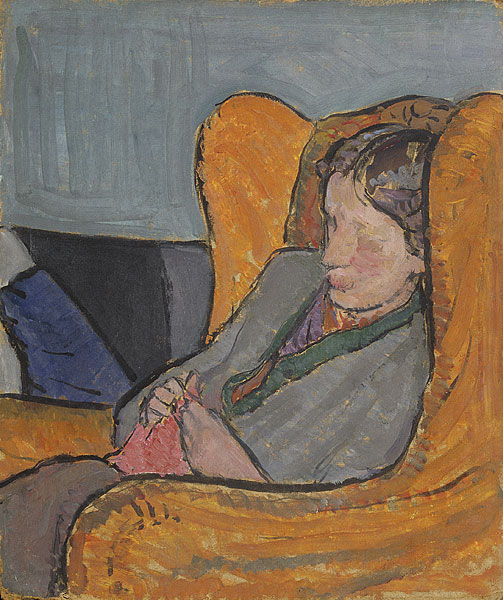 Renée Zellweger in Bridget Jones’s Diary (Sharon Maguire, 2001)
Renée Zellweger in Bridget Jones’s Diary (Sharon Maguire, 2001)
BRIDGET:L-ladies and…
L–
Oi!
Oi!
Sorry. The, uh…
mic’s not… work–working. Ahem.
Ladies andgentlemen…
welcome to the launch of “Kafka’s Motorbike”…
“The Greatest Book of OurTime.”
[Mild applause]
Obviously exceptfor your books, Mr. Rushdie…
which are also very good.
And Lord Archer…
yours aren’tbad, either.
[Clears throat] Anyway…
uh, what I mean is, uh…
welcome, ladies and gentlemen.
Thank you for coming to the launch of…
one of the top thirty books of ourtime.
Anyway, at least.
And here to introduce it is the man we all call…Titspervert.
Titspervert….Fitzherbert, because that…is his name.
When Helen Fielding wrote the novel Bridget Jones’s Diary, she based the character of Mark Darcy on Colin Firth‘s depiction of Mr. Darcy in Pride and Prejudice (Simon Langton, 1995). In addition to the inside-joke casting of Colin Firth as Mark Darcy, there are several other allusions to Jane Austen‘s story: Mark disparages Bridget to his mother within earshot of Bridget. In Pride and Prejudice, Mr. Darcy disparages Elizabeth to his friend Mr. Bingley within earshot of Elizabeth. Daniel Cleaver lies to Bridget about a dispute between him and Mark, claiming Mark stole his fiancée; in fact, it was the other way around. In Pride and Prejudice, it’s a dispute between Mr. Wickham and Mr. Darcy, and Wickham lies about who’s at fault. The Darcy in both stories fails to disabuse the heroine’s misinformed notion until it’s almost too late. Bridget works at Pemberley Press; Mr. Darcy lives at Pemberley estate. Crispin Bonham-Carter was in both productions (his scenes were cut out of the film, although he can still be seen in the job-quitting scene and can also be seen at the Kafka book launch where Bridget asks Salman Rushdie where the toilets are – he is seen as the man on the left in the conversation). When Bridget stops at a mall to see her mother, she begins the scene by saying (in a voice over) that, “It is a truth universally acknowledged that as soon as one part of your life starts looking up, another part falls to pieces.” This is an update of the famous opening lines of Pride and Prejudice: “It is a truth universally acknowledged, that a single man in possession of a good fortune, must be in want of a wife.”

































